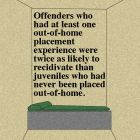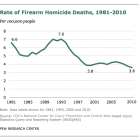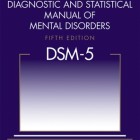
Administration’s Public Health Approach to Addiction Begins to Take Hold
|
R. Gil Kerlikowske, Director, National Drug Control Policy / Photo by Lisa Pilnik
Early in his tenure as director of the White House Office of National Drug Control Policy, R. Gil Kerlikowske told a reporter he no longer wanted to use the term “war on drugs” to describe drug control policy. When asked what “bumper sticker” phrase he would use as a replacement, Kerlikowske responded that he thought the American public was “ready for a greater dialogue and discussion about our drug problem than a bumper sticker answer.”
Kerlikowske shared this anecdote at a forum on 21st Century Drug Policy Reform hosted by the Urban Institute, where he and other speakers emphasized prevention and treatment of substance abuse. “We have to approach drug policy from a public health standpoint, not just the criminal justice standpoint,” said Kerlikowske, emphasizing that programs and policies should be based on a foundation of science. He added that although his office has advocated this approach for four years, he’s only seen it begin to take hold in the past six months.










